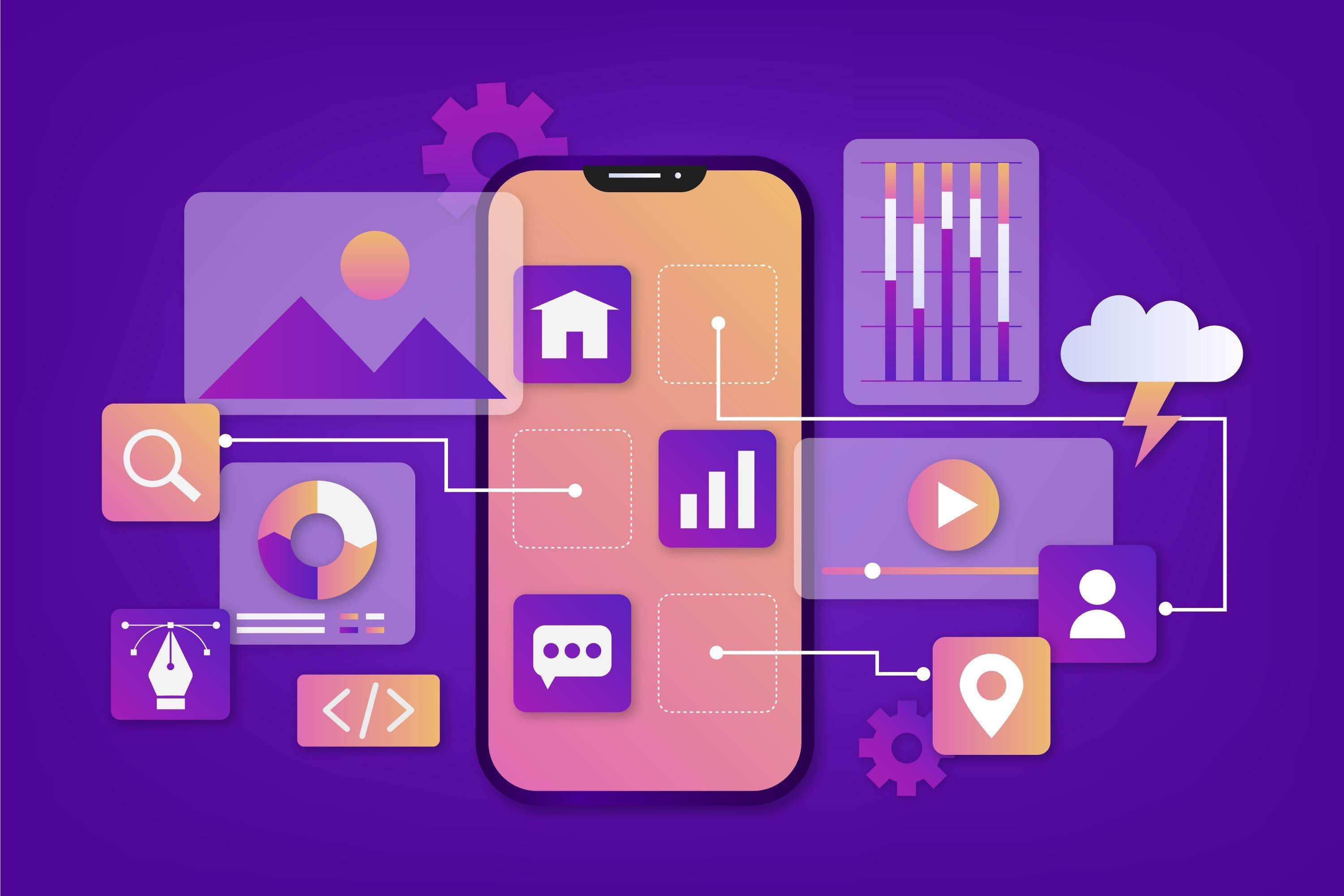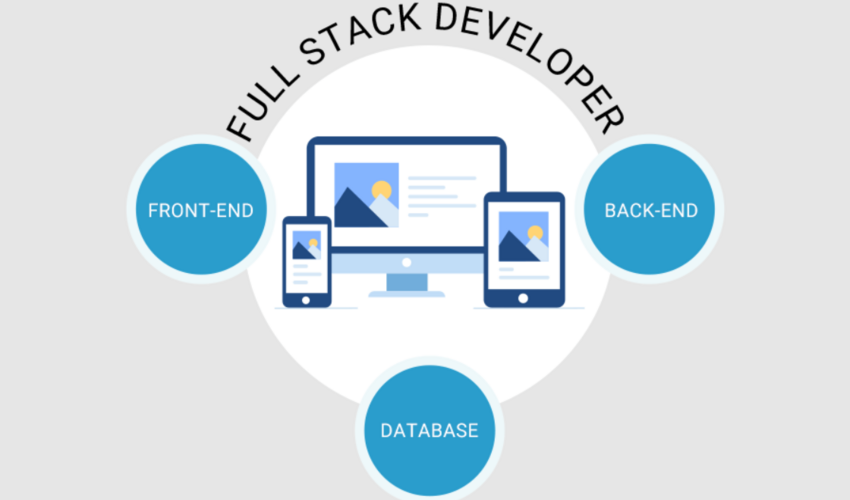The Evolution of Mobile App Development: Navigating Backend Technologies

In recent years, technology has established itself as an indispensable force across the globe, mirroring the ubiquity and necessity of microorganisms within our ecosystem. This analogy aptly captures technology's seamless integration into our daily lives, particularly through the lens of mobile app development.
The Microscopic Might of Technology in Our Lives
Just as microorganisms thrive and multiply, each innovation in technology spawns a multitude of possibilities, infiltrating our thoughts with new ideas and potential advancements. This phenomenon is especially evident in the rapidly evolving field of mobile app development, where staying ahead of technological trends is not just beneficial but essential.
AI: The Torchbearer of Mobile App Development
Artificial Intelligence (AI) stands at the forefront of this evolution, driving mobile app development forward with its capacity to deliver personalized user experiences. By analyzing usage patterns, AI algorithms can predict customer preferences with remarkable accuracy. However, the influence of AI extends beyond personalization, signaling a broader shift in app development frameworks fueled by ongoing innovation.
Understanding Mobile App Development: Frontend vs. Backend
Before delving deeper, it's crucial to distinguish between the two pillars of app development: Frontend and Backend. The frontend, or the user interface, is what users interact with directly. In contrast, the backend, or the server side, ensures the app's functionality, managing tasks like security, data storage, and processing—much like the soul that animates the body.
The Backbone of Mobile Apps: Backend Development
Backend development, focusing on the server side, involves a plethora of behind-the-scenes activities that support the app's structure and functionality. This allows the frontend to operate smoothly, enhancing the user experience without the need for frequent frontend adjustments. Key skills for backend developers include problem-solving, programming languages proficiency, and managing the mobile app server, which connects user-facing content with the backend content management system.
The Essential Components of Backend Development
The backend technology stack, comprising frameworks, servers, databases, and operating systems, is pivotal for creating sophisticated and user-centric applications. From integrating Software-as-a-Service (SaaS) solutions to managing cloud servers, backend development encompasses a wide range of functions essential for the modern mobile app.
Navigating the Backend Development Process
The journey of backend development is marked by several key stages, starting with strategic planning through market research and goal setting. Design plays a critical role in enhancing UI/UX, while thorough analysis and testing ensure the app's performance and security across different platforms.
The Advantages of Robust Backend Development
Investing in backend development yields numerous benefits, including accelerated development cycles, cost efficiency, and enhanced app performance. Additionally, focusing on backend development allows for better integration, adherence to privacy standards like GDPR, and ultimately, a higher quality product.
Conclusion: The Future of Mobile App Development
As we delve into the intricacies of mobile app development, it's clear that backend development holds the key to future innovations. With technology continually evolving, the patterns and practices of backend development are set to redefine the mobile app landscape, promising faster, more efficient, and higher-quality app development for years to come.
Latest Trending
Categories
- Airbnb
- Airbnb clone
- Airbnb clone script
- Multi Vendor Marketplace Script
- Buy Sell Marketplace
- Vacation Rental Website
- Online Food Ordering and Delivery Clones
- Multi-Vendor E-Commerce Script
- Online Rental Script
- Fancy Clone
- Car Rental ScriptSoftware Development
- Car Rental Script
Never Miss Another Post!
Get updates & Valuable tips straight into your inbox once a week.




